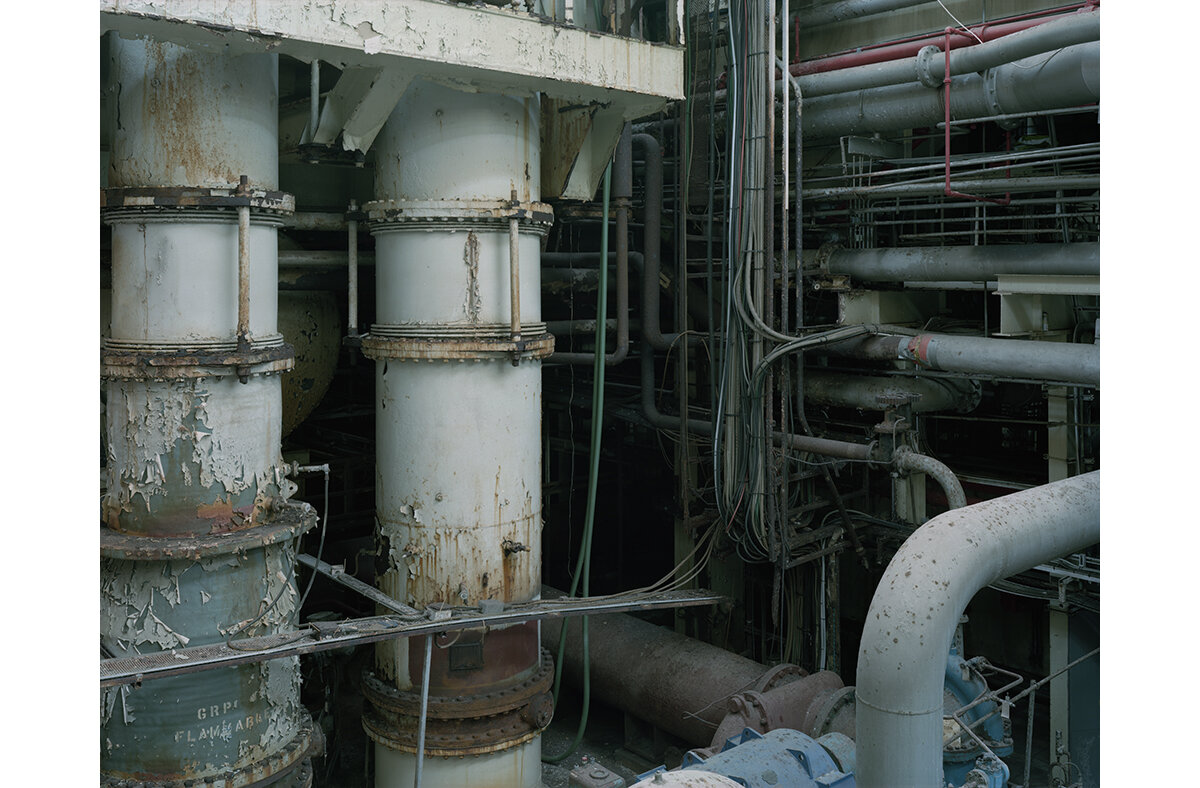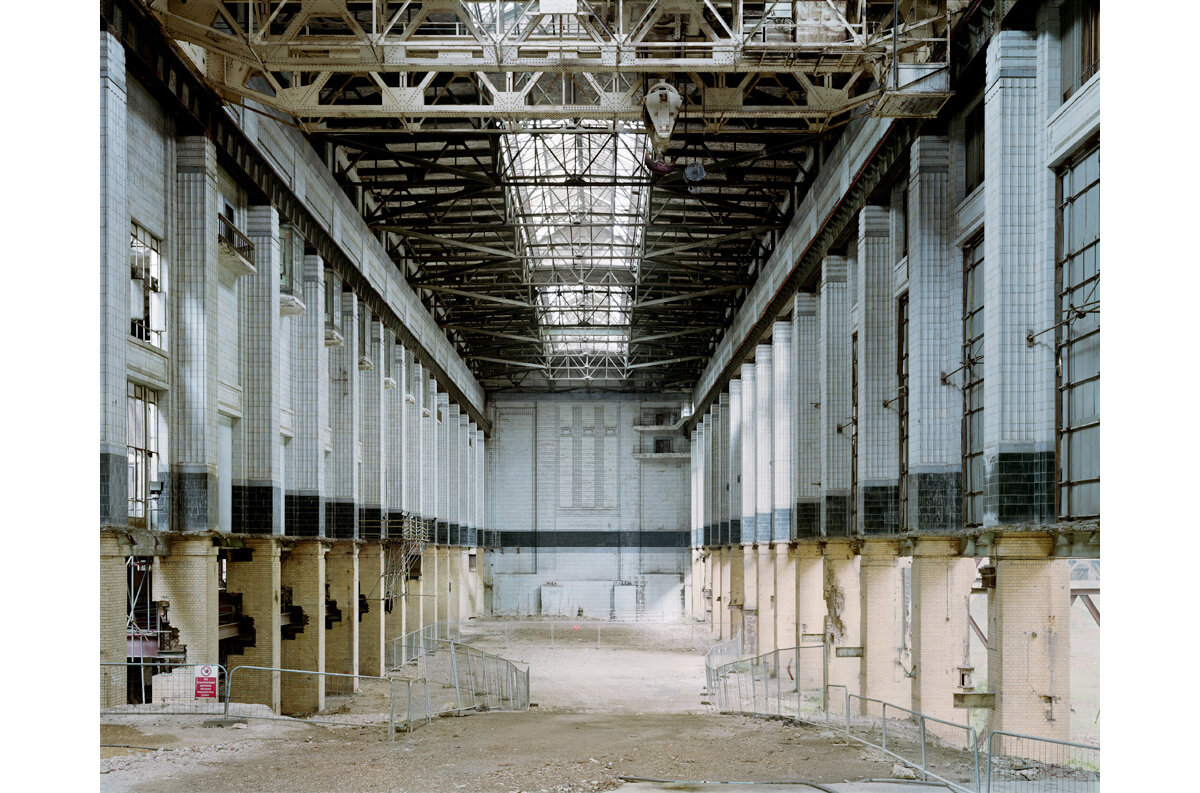Entropy

Fawley Sculptures No 1 2017

Fawley Sculptures No 2 2017

Cranes Battersea Power Station 2006

General View from South Battersea Power Station 2006

Boiler House Battersea Power Station 2006

Turbine Hall A Battersea Power Station 2006

Control Room B Battersea Power Station 2006

Control Panel Battersea Power Station 2006

Control Room A Battersea Power Station 2006

Burleigh Pottery interior 2007

Bottle Kilns (Johnson Bros) 2006

Derelict Houses Stoke 2007

Derelict Kiln (Wetherbys) 2007

Chatterley Whitfield 2007

Electrical Fitters Workshop Chatterley Whitfield 2007

Rover Powertrain Longbridge 2006

Huber Coalbreaker Pennsylvania No 1 2011


Steelworks Silesia No 3 2014

Steelworks Silesia No 5 2014

Steelworks Silesia No 10 2014

Steelworks Silesia No 8 2014

Steelworks Silesia No 9 2014

General View Stewartby Brickworks 2008

Stewartby Brickworks triptych middle 2008

Quarry Stewartby Brickworks 2008

Moorlands Factory Glastonbury 2004

Ruins, to quote Chateaubriand, provide “a secret conformity between those destroyed monuments and the fleetingness of our own existence.” But distinct from the archaeological remains of Classical civilizations, the ruins of Modernity are unsettling, their obsolete emblems and functions bearing an ominous reminder of history slipping through the fingers of our own lifetimes. As the grand structures of the industrial age descend into entropy, they occupy an uneasy afterlife. This “modern imaginary of ruins”, in the words of Andreas Huyssen, “articulates the nightmare of the Enlightenment that all history might ultimately be overwhelmed by nature.” Not the worn masonry lying in the lone and level sands, but the buddleia growing in the concrete of Robert Smithson’s abandoned set of futures.
These landscapes, architecture and structures of the industrial age, descending into entropy, occupy an uneasy afterlife. Photography’s macabre way of instantly creating an impression of the past makes it entropy’s natural parasite; forensically recording the patina encroaching on past might, the dust of our own passing settling into the stillness and silence of its silver. Writ large in the fingerprint detail of these tableau photographs, their minutiae is as much an acute observation of decline as it is a temporal suspension of the remorseless march of time.